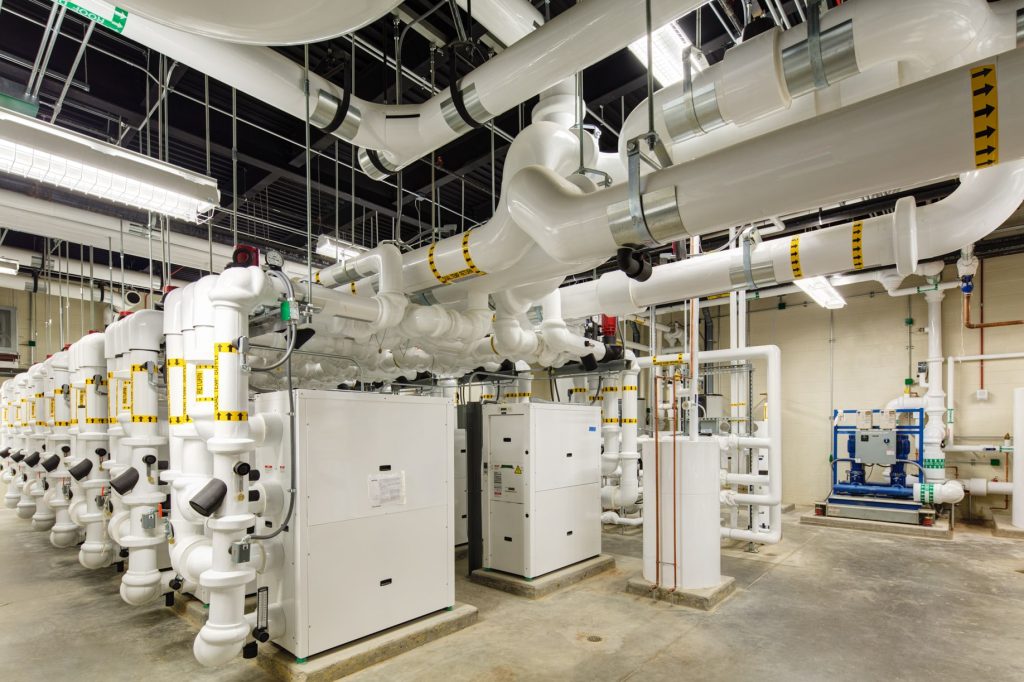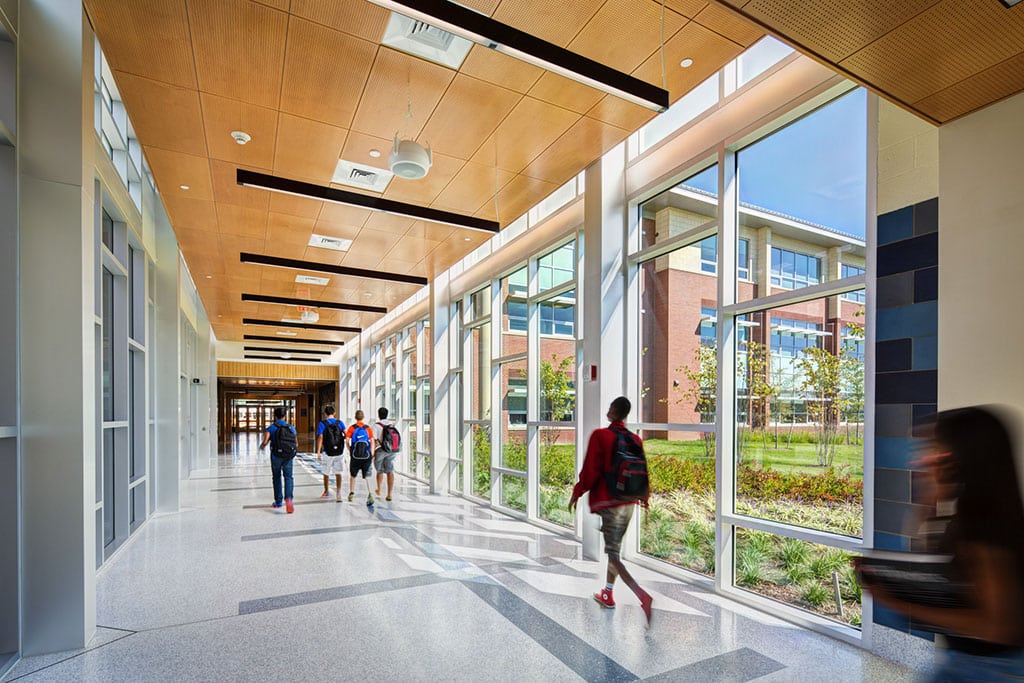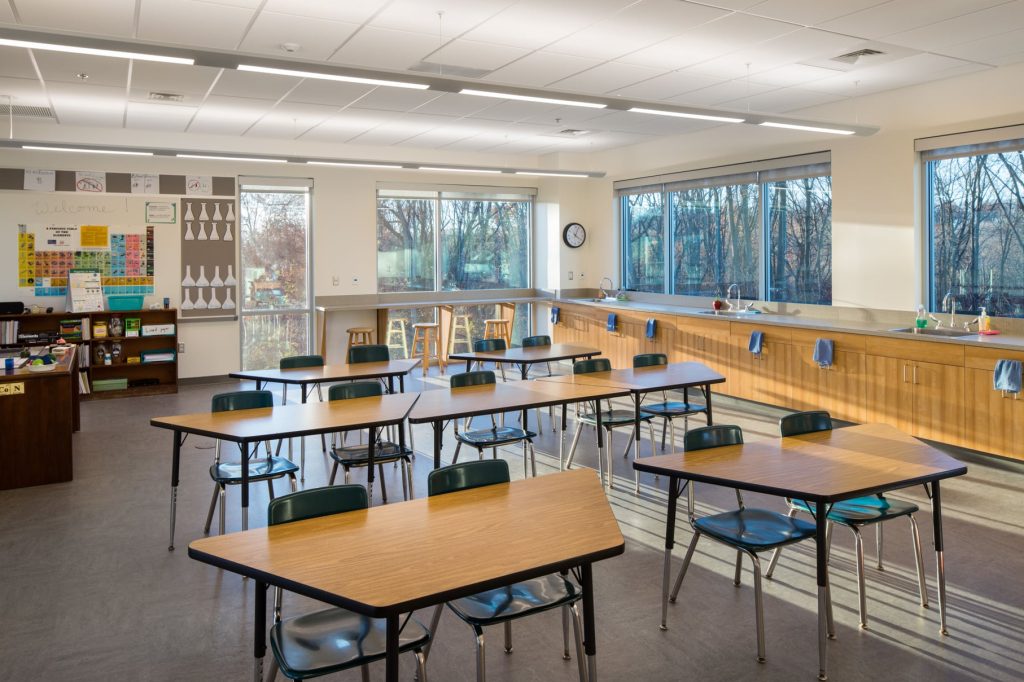Addressing Aging Infrastructure in School Facilities: A Proactive Approach by EDiS Company
In the realm of K-12 education, one of the most pressing challenges is the aging infrastructure of school facilities. These buildings, often decades old, are struggling to meet the demands of modern education and student needs. Leading in construction management, EDiS Company plays a crucial role in addressing these challenges, ensuring that schools are safe, functional, and conducive to learning. Our approach is not about designing new spaces but revitalizing existing ones with strategic construction oversight.
Understanding the Challenge of Aging Infrastructure
Many school facilities were built in an era with vastly different educational needs, available technology, and safety standards. These buildings now face numerous issues, including outdated electrical systems, insufficient technological infrastructure, and deteriorating physical structures. The challenge is not just in fixing what’s broken but in transforming these spaces to support contemporary educational practices and safety requirements.
Strategic Renovation and Expansion
At EDiS, we know the answer isn’t always “build a new school.” Our approach to addressing aging infrastructure begins with a thorough assessment of existing facilities. We identify key areas for improvement, and help prioritize those that require immediate attention and those that can be strategically enhanced for future use. Our focus is on renovations and expansions that bring buildings up to current standards while preserving their historical and community value.
1. Upgrading Building Systems: Essential to any renovation is the upgrading of building systems – electrical, plumbing, heating, and cooling. These improvements are crucial for creating a safe and comfortable learning environment.

Dover High School | Capital School District
2. Enhancing Technological Capabilities: In today’s digital age, a key aspect of our work involves integrating modern technological infrastructure. This includes robust internet connectivity, digital learning tools, and smart classroom features, ensuring that schools are equipped for current and future educational demands.
3. Improving Accessibility and Safety: We prioritize making schools accessible and safe for all students. This involves not only compliance with ADA standards but also enhancing the overall building safety challenges faced in today’s schools.
Balancing Budget and Quality
One of the biggest challenges in addressing aging infrastructure is managing the budget constraints typical in the education sector. Our expertise lies in developing cost-effective solutions that do not compromise on quality or safety. We work closely with school districts and stakeholders to prioritize projects and allocate resources efficiently.
Sustainable Practices in School Renovation
Sustainability is a key consideration in our projects. We aim to improve energy efficiency and reduce the environmental impact of school facilities. This includes installing energy-efficient lighting and HVAC systems, using sustainable materials, and considering the long-term environmental footprint of the renovations.

Dover High School | Capital School District
Community Involvement and Transparency
Renovating school facilities is a community-centric process. We engage with teachers, students, parents, and community members to understand their needs and concerns. Transparency throughout the construction process is vital to maintain trust and ensure that the community is informed and involved.
The Impact of Revitalized School Facilities
The impact of addressing aging infrastructure in schools extends beyond the physical buildings. Revitalized facilities can lead to improved student performance, higher staff morale, and a renewed sense of community pride. Schools that are safe, modern, and conducive to learning can become centers of community life and learning.
Conclusion: Building for the Future
At EDiS Company, we understand that addressing the aging infrastructure in school facilities is more than a construction challenge; it’s an opportunity to positively impact the future of education. Our role as construction managers is to guide schools through this transformative process, ensuring that the end result is a facility that meets the needs of today’s students and educators, while being prepared for the challenges of tomorrow. Through our dedicated approach, we are helping to build not just schools, but the future of our communities.




